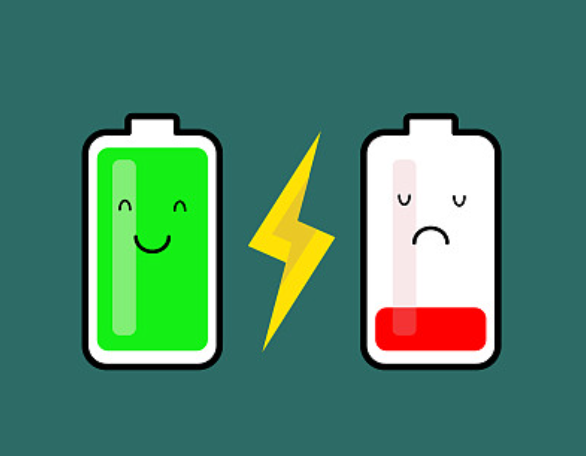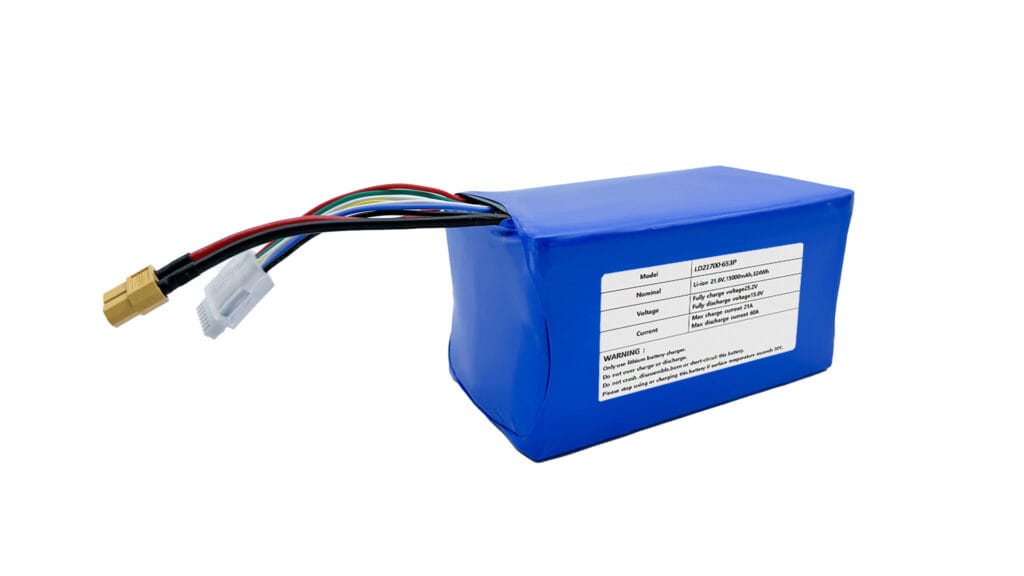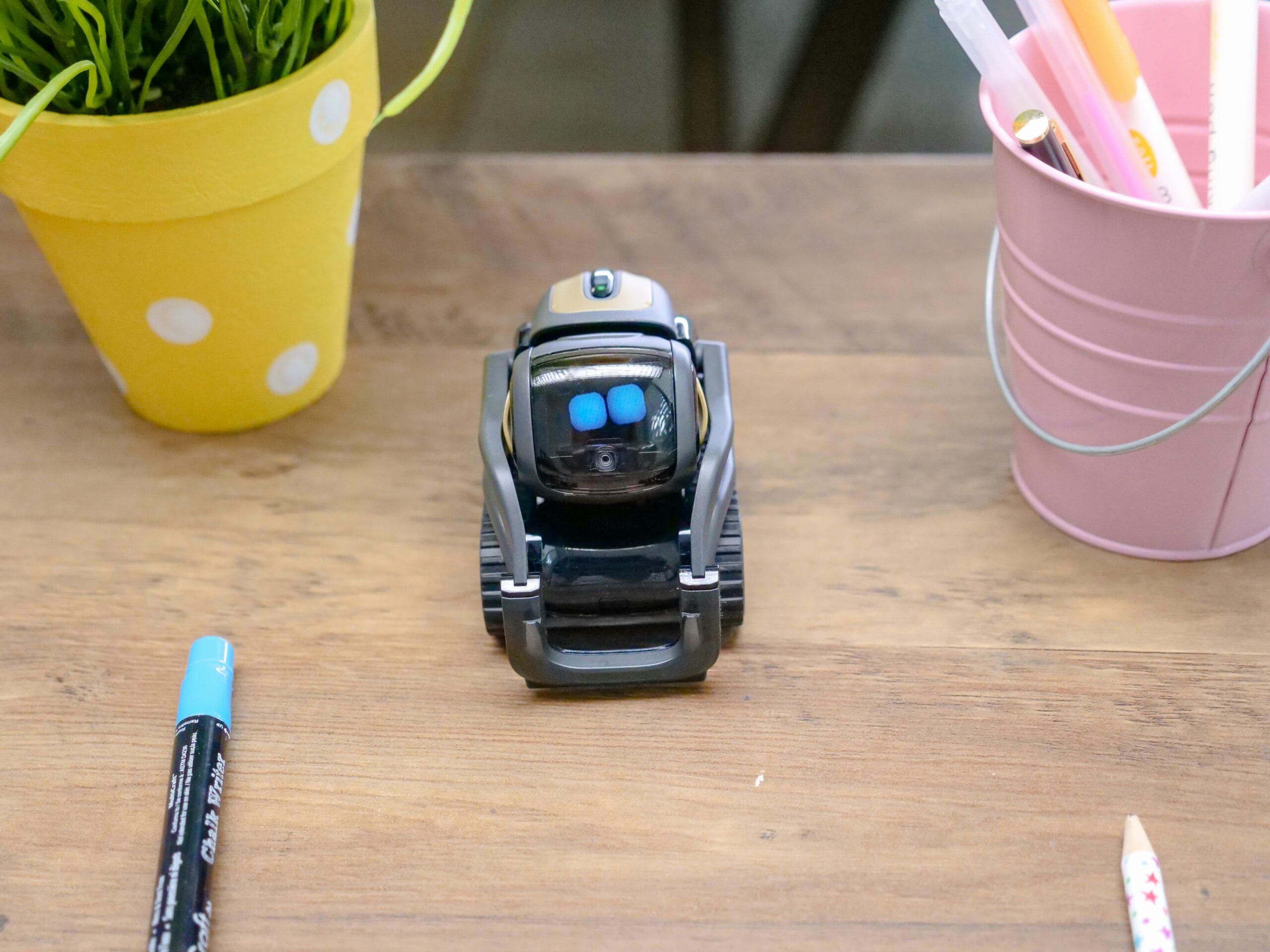Lithium batteries have become ubiquitous in modern technology, powering everything from smartphones and laptops to electric vehicles and renewable energy systems. Their popularity stems from their high energy density, lightweight design, and relatively long lifespan compared to other battery types. However, the question remains: do lithium batteries last longer than other options, and what factors influence their longevity?
Do Lithium Batteries Last Longer
Quick Answer: Lithium batteries do last longer than many other battery types, especially when properly maintained. Understanding the different types of lithium batteries and the factors that affect their lifespan can help users optimize their performance and extend their usable life. As technology continues to evolve, we can expect even more durable and efficient lithium battery solutions in the future.
Introduction
Lithium batteries, particularly lithium-ion (Li-ion) and lithium iron phosphate (LiFePO4), are known for their superior performance and durability. The average lifespan of a lithium battery can vary significantly based on its type and usage conditions. For instance, Li-ion batteries, commonly used in consumer electronics, typically last between 300 to 500 charge cycles before their capacity drops to 80%. On the other hand, LiFePO4 batteries, often used in solar energy systems and electric vehicles, can last up to 5,000 cycles or more, making them a more durable option for long-term applications.
Understanding Lithium Battery Types
Lithium batteries come in several types, each with its own strengths and weaknesses regarding lifespan and performance.
1. Lithium-Ion (Li-ion) Batteries
Li-ion batteries are the most common type, found in portable electronics like smartphones and laptops. They offer high energy density but have a relatively shorter lifespan compared to other lithium battery types. Li-ion batteries typically last for 300 to 500 cycles before their capacity begins to degrade significantly. This degradation is due to the chemical reactions that occur within the battery during charging and discharging cycles.
One of the key advantages of Li-ion batteries is their high energy-to-weight ratio, making them ideal for portable devices where weight is a critical factor. However, their shorter lifespan compared to other lithium battery types means they may need to be replaced more frequently in applications where longevity is crucial.
2. Lithium Polymer (LiPo) Batteries
LiPo batteries are similar to Li-ion but use a polymer electrolyte instead of a liquid one, making them more flexible and safer. They are often used in drones and wearables. While they have a similar lifespan to Li-ion batteries, their design allows for more versatile applications. For example, LiPo batteries can be shaped to fit into small or irregular spaces, making them ideal for devices like smartwatches or fitness trackers.
Despite their flexibility, LiPo batteries share similar limitations with Li-ion batteries in terms of lifespan. However, their safety features, such as reduced risk of leakage and explosion, make them a preferred choice in applications where safety is paramount.
3. Lithium Iron Phosphate (LiFePO4) Batteries
LiFePO4 batteries are known for their safety, durability, and long lifespan. They are commonly used in electric vehicles and renewable energy systems. These batteries can last for thousands of cycles, making them ideal for applications where longevity is crucial. LiFePO4 batteries also have a lower risk of thermal runaway, which reduces the risk of fires and explosions, enhancing their safety profile.
One of the key advantages of LiFePO4 batteries is their ability to handle high temperatures without significant degradation. This makes them suitable for use in environments where temperature control might be challenging, such as in outdoor solar installations.
4. Nickel Manganese Cobalt (NMC) Batteries
NMC batteries are a type of Li-ion battery that offers a good balance between energy density and lifespan. They are widely used in electric vehicles due to their high performance and relatively long cycle life. NMC batteries provide a compromise between the high energy density of traditional Li-ion batteries and the safety and longevity of LiFePO4 batteries.
NMC batteries are particularly favored in electric vehicles because they offer a good balance of power and energy storage. However, they contain cobalt, which can be a concern due to ethical and environmental issues related to cobalt mining.
Factors Affecting Lithium Battery Lifespan
Several factors can significantly impact the lifespan of lithium batteries:
1. Depth of Discharge (DOD)
The depth of discharge refers to how much of the battery’s capacity is used before recharging. Keeping the DOD shallow (e.g., not letting the battery drop below 20% charge) can extend its lifespan. Deep discharging, or using the battery until it is almost completely drained, can cause more stress on the battery cells, leading to faster degradation.
For example, in electric vehicles, it is often recommended to keep the battery level between 20% and 80% charged when not in use to minimize wear. This practice can help extend the battery’s lifespan and maintain its performance over time.
2. Temperature
High temperatures accelerate chemical reactions within the battery, leading to faster degradation. Ideal storage and operating temperatures are between 15°C and 25°C. Extreme temperatures, whether hot or cold, can affect battery performance and longevity. For instance, storing batteries in very cold conditions can slow down chemical reactions, potentially extending lifespan, but it can also reduce their immediate performance.
In applications like electric vehicles, temperature management systems are often used to keep the battery pack within an optimal temperature range, ensuring both performance and longevity.
3. Charging Habits
Fast charging and overcharging can reduce a battery’s lifespan. It’s recommended to avoid frequent fast charging and to keep the battery away from full capacity for extended periods. Fast charging can cause higher temperatures within the battery, which accelerates degradation. Similarly, keeping a battery at 100% charge for long periods can also stress the cells.
For devices like smartphones, it’s advisable to charge them when needed rather than keeping them plugged in continuously. This practice helps maintain the battery’s health by avoiding unnecessary stress.
4. Environmental Conditions
Exposure to extreme temperatures, moisture, and physical stress can all negatively impact battery longevity. Physical stress, such as dropping a device, can cause internal damage to the battery cells, reducing their lifespan. Moisture can lead to corrosion and short circuits, further compromising the battery’s integrity.
Real-World Applications and Longevity
Lithium batteries are used in a wide range of applications, each with its own set of demands and expectations for battery lifespan.
1. Consumer Electronics
In smartphones and laptops, Li-ion batteries are the norm. While they may not last as long as other types, their high energy density makes them ideal for portable devices. The average lifespan of a smartphone battery is about two years before it starts to lose significant capacity. However, with proper care, such as avoiding extreme temperatures and deep discharges, users can extend the battery’s lifespan.
2. Medical Devices
Rechargeable lithium batteries have become common in pacemakers due to their long life, low drain current, and high energy density. These devices require batteries that can provide reliable power over many years, making lithium batteries an ideal choice.
3. Renewable Energy Systems
LiFePO4 batteries are popular in solar and wind energy systems because they can handle thousands of charge cycles, making them suitable for long-term energy storage. These systems often require batteries that can store excess energy generated during the day for use at night or during periods of low energy production.
In off-grid solar systems, LiFePO4 batteries are preferred due to their safety, durability, and ability to withstand the rigors of outdoor environments. They can be used to power homes, farms, or remote communities, providing a reliable source of renewable energy.
4. Industrial Power Tools
Lithium-ion batteries are widely used in high-power industrial tools due to their high energy density and rapid charging capabilities. These tools require batteries that can deliver consistent performance over many cycles, making lithium-ion a preferred choice.
5. Aerospace and Defense
Lithium batteries are used in various aerospace and defense applications where reliability and long lifespan are critical. Their high energy density and lightweight design make them ideal for use in satellites, drones, and other military equipment.
6. Grid Energy Storage
Batteries with a long cycle life, such as those capable of 6,000 cycles, are ideal for grid energy storage systems. These systems require batteries that can handle frequent charge and discharge cycles without significant degradation, making them more sustainable and reducing the need for frequent replacements.
Custom Battery Solutions by Lan Dazzle
For applications requiring tailored battery performance, Lan Dazzle offers custom battery solutions designed to meet specific needs. Our team of experts works closely with clients to develop batteries that optimize lifespan, energy density, and reliability for unique applications. Whether it’s for industrial equipment or specialized devices, Lan Dazzle’s custom solutions ensure that batteries are engineered to perform at their best in real-world conditions. For more information, contact us directly at info@landazzle.com.
FAQ Section
-
What affects the lifespan of lithium batteries?
-
Factors include depth of discharge, temperature, charging habits, and environmental conditions.
-
-
How do different types of lithium batteries compare in longevity?
-
LiFePO4 batteries are generally more durable than Li-ion and LiPo, lasting thousands of cycles.
-
-
Can lithium batteries be recycled?
-
Yes, lithium batteries can be recycled to recover valuable materials like lithium and cobalt.
-
-
How do environmental conditions impact battery life?
-
High temperatures and moisture can accelerate degradation.
-
-
What are the best practices for maintaining lithium battery health?
-
Avoid full discharges, keep batteries cool, and avoid overcharging.
-





